It’s fair to say that the average business is having a tough time. According to US News, even the jobs market is now slowing as small and medium enterprises cut back on what they can offer employees, a reflection of an economy that is set to shrink while narrowly avoiding a recession. During times of recession or stagnation, businesses will seek to cut overheads and staffing. Maintenance, admin, expenses, marketing and wages will end up on the chopping block – often to the detriment of the company, but as a necessary evil.
However, there is a line of thought that the best way to beat a recession is to continue growing. US News notes that businesses have historically low levels of debt, and the country as a whole has high levels of equity. Rather than completely shutting up shop and turning off the money flow to all areas of the business, there is a potential for commercial properties to look at how they can enhance their curb appeal even further. One way of achieving that is through their outdoor areas. Proper landscaping, with a focus on what will bring customers in, can be an effective way to continue promoting sales and growing the business. Furthermore, with the latest advancements in hardscaping principles, there is the opportunity to make the grounds work sustainably for the business.
Assessing Aesthetic Appeal
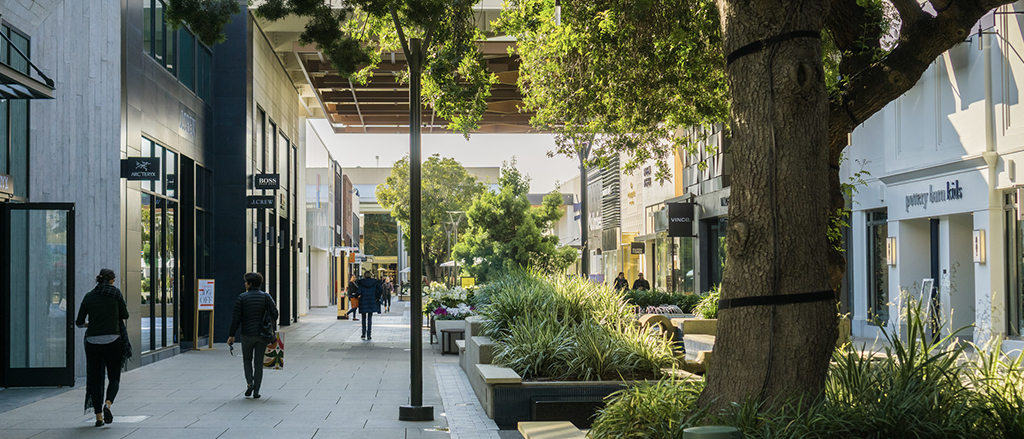
There is a widely held belief in business that it can only take 7 seconds for a customer – or prospective employee – to create their first impression. This makes the general appearance of a commercial business crucial – and it makes the grounds around a property important, too. Consider the individual elements that may have an impact on the average visitor:
- General upkeep of the exterior.
- Quality and consistency of branding and other identifying designs.
- Design, placement and shape of hardscaping.
- Vitality and neatness of any plant life in softscaping.
Bring these elements together, and they’re greater than the sum of their parts. Conversely, any one element can drag the others down, creating a situation where visitors aren’t excited to continue their visit. Worse, they might not do business there because of the business’ appearance.
This should be a crucial consideration for business owners. Turning businesses away before they even step in the door is absolutely lethal to business prospects. Therefore, moving away from maintenance and proper installation of aesthetically pleasing hardscapes can immediately create a loss, which is counter-intuitive to the ideal of gaining business efficiencies.
Starting at the Bottom
Businesses with a tight budget should therefore look for simple hardscaping ideas to help them get their business off the ground. As it happens, some of the most simple designs are also some of the most effective. A look at the New York Times profile of landscape designer John Beitel’s Long Island property gives a window into what can be a simple but effective design.
While appearing outwardly as a somewhat wild place, the example provided still looks neat, welcoming, and in good health. Beds have perennial grasses and native plants to help retain water. The landscape has been carefully constructed to be very natural yet neat and tidy – something which a business can rely on to pull in customers, especially those with a love of nature. Most importantly, perhaps, is the low maintenance nature of the landscape.
Aside from the standard lawn, the plants tend to prune themselves. Grasses and natural flowers don’t grow too long, and the hardscaping ensures beds are only so deep as to allow a certain amount of growth. Reducing maintenance costs will help a business hugely, and also free up time for the owners, while still allowing for attractive outdoors areas.
More Expansive Change
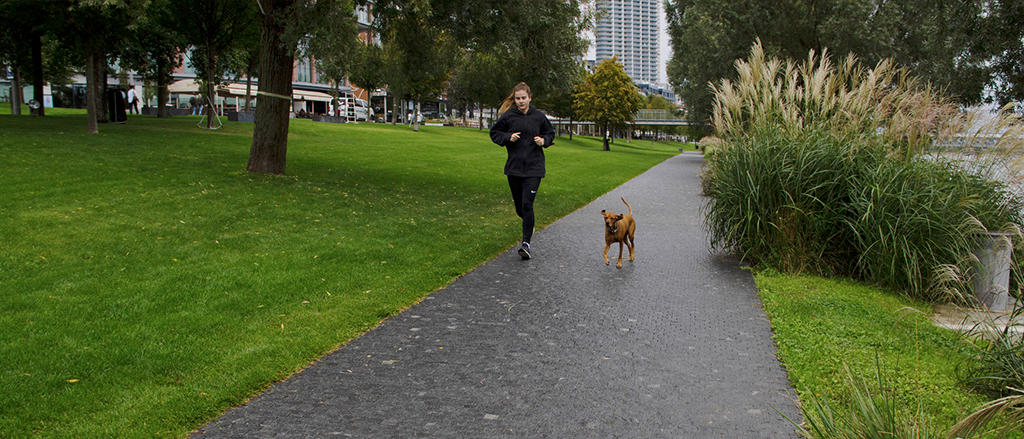
The all-natural garden aesthetic is not necessarily for every business. The quintessential American business relies on good old-fashioned lawns, with plenty of hardwork around the borders, and features within the lawn, to provide something interesting to look at and give a sense of prestige for the business. Once again, however, this can be achieved without breaking the bank.
At The Spruce, a recent roundup of some of the best modern hardscaping trends focuses on one low-cost and high-quality option – modern poured concrete. Typically associated with low quality and by-the-numbers landscaping, poured concrete has enjoyed a renaissance through its use in high-rise buildings, matched with glass and cladding to produce a classy look. In the landscapes highlighted by The Spruce, hardscapers are using poured concrete to achieve a similar look. Providing clean lines and flat surfaces that can then be rendered and/or painted is the goal, and it comes out looking extremely professional and classy.
Furthermore, concrete is very, very cheap to maintain. Good quality concrete, poured into reinforced frames or allowed to stand, appropriately on its own weight, will last for a long time. Cleaning is really easy, and can be done with soap and water or a pressure washer, and it won’t need to be done regularly. Painting will need a touch up here and there, but that can be done irregularly – just make sure to retain the exact paint color used and a tin or two in the inventory.
Working with the Lines
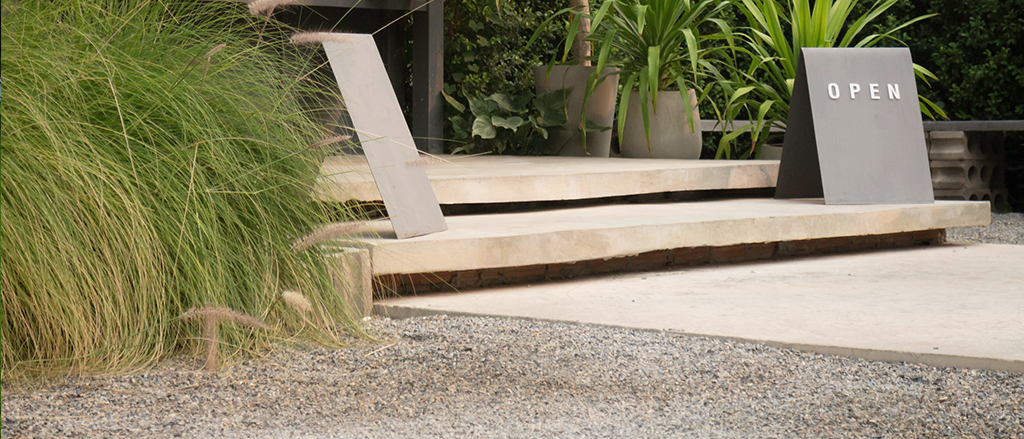
Clever hardscaping can also present an opportunity to manage your landscape with more finesse and a greater level of efficiency when it comes to maintenance. Better Homes & Gardens recommend the construction of raised curbs around the property. This allows for planting amid brickwork (or poured concrete), which kills two birds with one stone. Having that bed pre-defined into the landscape enables easy maintenance, and it creates an instant attraction to draw in eyes from visitors.
Again, brickwork can be a great tool in hardscaping and can, with proper care, be low maintenance. Ensure you use the right professionals. Where brickwork falls down and becomes a problem for businesses is if the mortar is of poor quality, or the brickwork itself has been badly pointed and arranged. A quality job will make the hardscape last a long time.
Sustainable Considerations
Hardscaping has plenty of low-cost options available. It can also bring significant benefits when it comes to sustainability and reducing energy and water costs. There are three main ways in which hardscaping can support sustainability:
- Reducing water usage – properly designed hardscapes can collect stormwater runoff, reducing drought conditions.
- Lowering maintenance and cleaning – an easy-to-maintain landscape will reduce the number of chemicals, and water usage, associated with maintenance.
- Climate smart design – certain types of hardscaping can be relied on to direct wind and sun in such a way that it saves energy.
Of these, water is by far the most pressing issue – and an area in which commercial properties can benefit the most. The most obvious area of wastage is, of course, from excess cleaning. Minimising water spend can bring about surprising savings.
Hardscapes and Cleaning
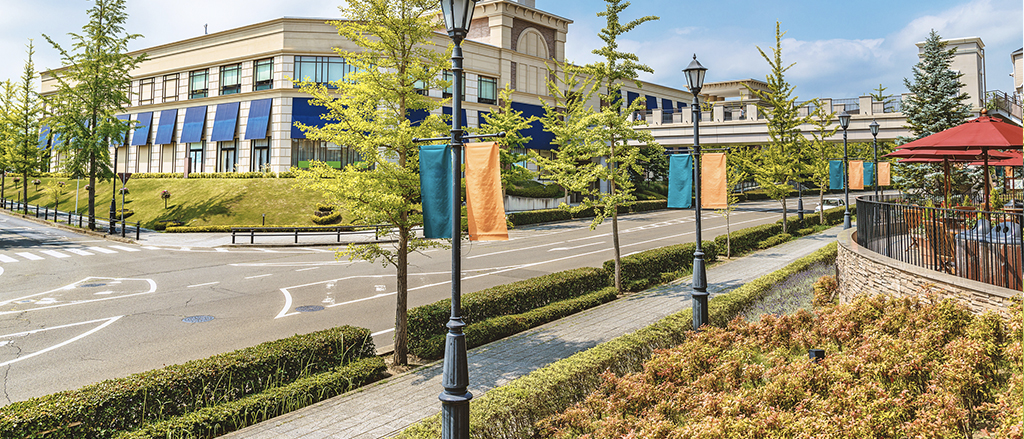
There is an urgent need for businesses to do more to conserve water. In the USA, businesses account for 89% of water usage. As McKinsey highlights, 51% of that water is drawn from ‘stressed’ basins – that is, reservoirs that are already feeling the pressure of over extraction. As such, businesses need to strive to reduce their water intake to the greatest degree possible.
Properly designed hardscape, that makes use of sustainable materials with plenty of runoff, are lower maintenance. According to Treehugger.com, the lack of huge green areas, and the use of low-water-use succulents, can vastly reduce the amount of water needed to keep the area bright and green. Furthermore, hardscaping renovations provide an opportunity to look at under-landscape plumbing. Rectifying leaks, ensuring that exterior taps and water supplies are properly sealed, and checking that runoff routes are properly sealed are all steps that can reduce the water bill.
Maintaining the Softscape
As highlighted, properly designed hardscaping can also do more to funnel water into where it’s needed. Huge green spaces will absorb water, which is good for the retention of that water, but won’t always promote water absorption in the beds and other green spaces. Hardscaping that moves water into the most at-need areas will retain water, reducing costs, and reducing the amount of time needed between maintenance cycles in the garden.
One innovation used in some hardscapes are permeable surfaces. These will create an attractive area in aesthetic terms while also promoting the growth of plants underneath the substrate. One example that Treehugger highlights are permeable parking lots that encourage grass to rise up between pavers. This enhances the green image of the company even further, and will require very little water besides the rain.
Sustainable Hardscaping Solutions
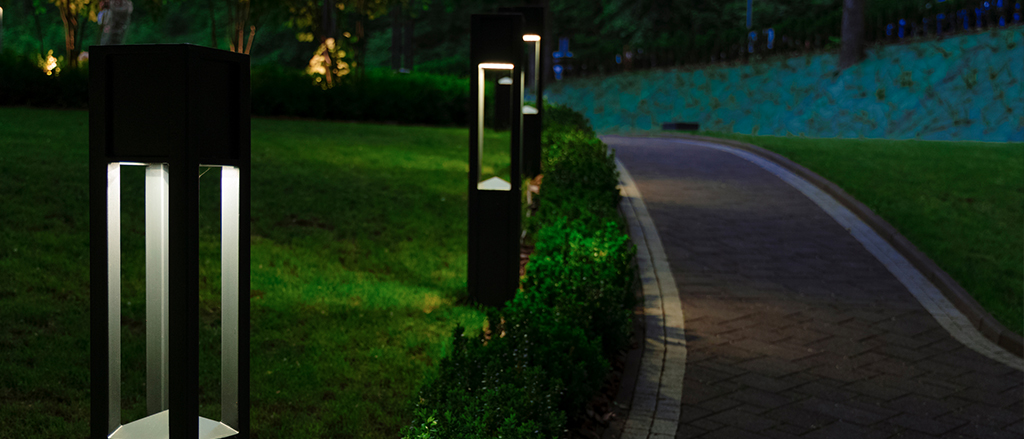
In addition to helping to funnel water, and effectively reducing bills, hardscaping can also focus energy and light in a way that benefits the business. Sustainability is already a big priority for today’s consumer – according to the World Economic Forum, 80% of consumers consider sustainability in day-to-day decisions, and 19% consider it the primary driver of their purchases. Investigations into sustainable landscapes have shown two principles that may be of interest to landscapers:
- Hardscape that effectively breaks wind will reduce energy costs, warming the property.
- Hardscape that can help to ensure light reaches the property will save on energy bills and help to warm the property – as well as potentially generating solar power.
What’s more, these designs can be introduced in a way that is both interesting for visitors and remains aesthetically pleasing. In fact, the best constructed wind breaks offer a distinct sustainability ‘style’ that is likely to bring in sales.
Understanding Windchill
In order to properly construct a windbreak hardscape, it’s necessary to understand windchill. According to the EPA, if the temperature outside is 10 degrees fahrenheit, and the wind is at 20 miles per hour, the air will actually feel like -24 degrees fahrenheit. That will impact properties, cooling the inside. Those gusts hitting the property will detract from heating and make it more difficult to welcome in customers.
The EPA recommends berms and low-standing, dense foliage to disperse gusts. Going one step further, a test example studied by United Designers highlighted the use of physical windbreaks, represented by raised sections in the landscape, to effectively disperse wind over a longer distance.
Projecting Light and Heat
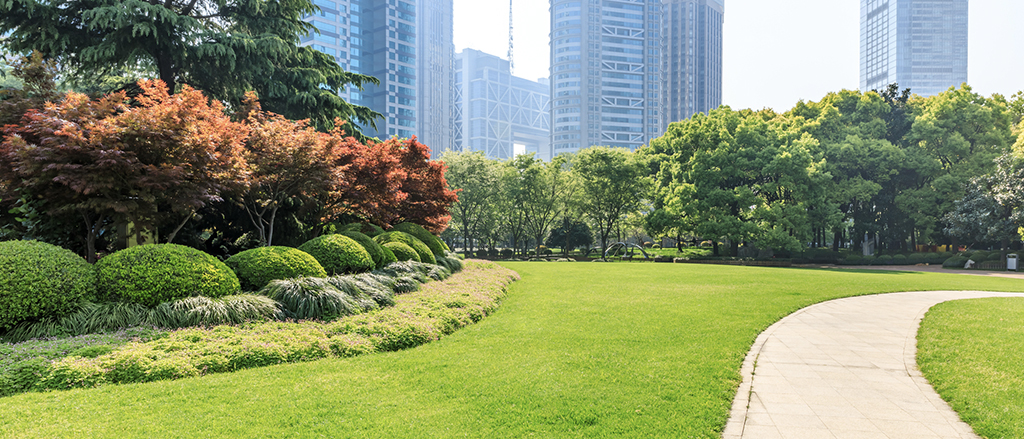
Some older style landscapes rely on huge fences and trees to guard the perimeter of a property. While attractive and imposing, these can create huge shades that reduce the amount of light and heat that get into the property. An important principle in making properties eco-friendly is maximizing the amount of light that enters the property, and then trapping the heat from that solar source when evening comes; it’s important that light is able to enter the property in the first place.
Furthermore, by constructing the hardscape in such a way that light is allowed to move freely and touch as many areas of the property as possible, the potential for solar energy collection is raised. With subsidies in hand and a clear focus on green energy, it’s becoming more common to see solar power focused on by businesses. It’s also a clear indicator to visitors that the business has its sustainability hat on – there can’t be many indicators quite as clear as a solar panel as the ideals of the business.
Ultimately, however, having one of these super-green and sustainable landscapes will help the business to remain attractive to visitors while cutting down on costs. It is clear that a polished exterior is needed to encourage sales, and it also acts as a billboard, an advertisement, to prospective customers. A sustainable landscape, and all of the features that can prove to visitors the credentials of the business, is something that savvy business owners cannot underestimate. From water, to maintenance, to energy savings, putting low-cost and yet sustainable measures into the hardscape that underpin the business premises will help the business for years to come. That, in turn, will keep reducing overheads and keep the business thriving through tougher times.
